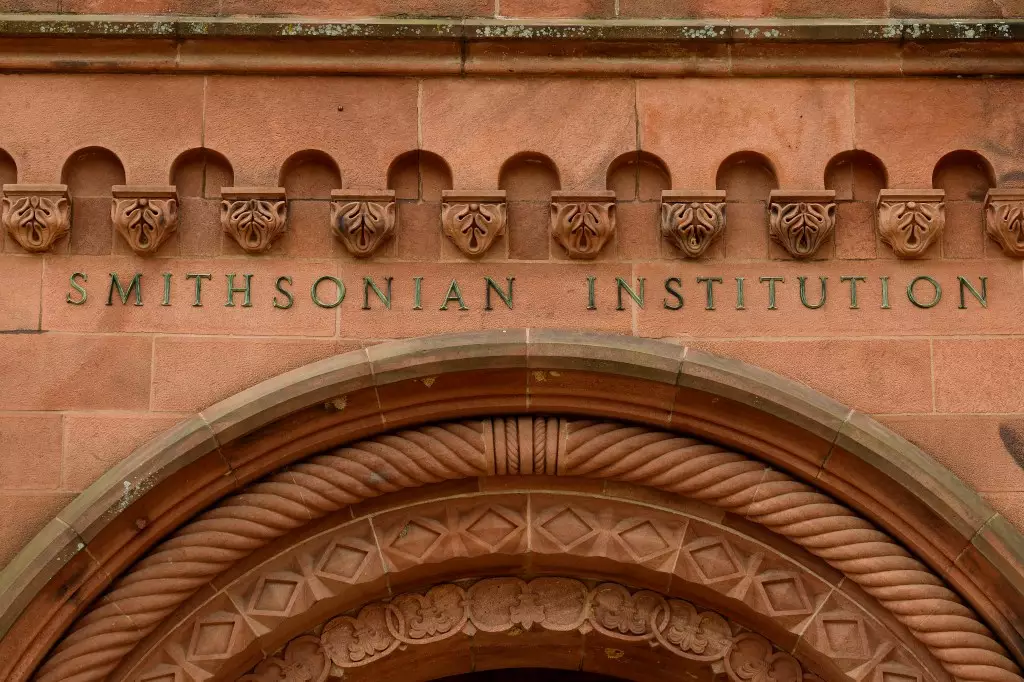In a controversial move that has stirred considerable debate, President Donald Trump recently signed an executive order titled “Restoring Truth and Sanity to American History.” The core assertion of this document is that history in the United States is being deliberately distorted. This statement raises serious questions about the nature of historical interpretation and who gets to decide what constitutes “objective facts.” By suggesting that the Biden administration is engaging in a campaign to rewrite history through an ideological lens, the order reflects a broader struggle within American society regarding how history is taught, represented, and understood.
To claim that efforts to revise historical narratives deepen societal divides is to both acknowledge and deny an ongoing reality. Historically, the telling of America’s past has never been a simple matter of presenting unvarnished facts; it’s a battleground of perspectives, interests, and power. For Trump, the historical rewrite he perceives seems to equate to a democratic engagement with history that unsettles his understanding of America’s foundational mythos.
The Smithsonian and Institutional Integrity
Particularly striking in this executive order is the specific targeting of the Smithsonian Institution. By directing a distinctly ideological mandate onto such a storied national institution, Trump seeks to cleanse it of what he sees as improper narratives. His insistence on removing “improper ideology” from the Smithsonian’s exhibitions reveals a discomfort with the evolving understanding of American history that includes marginalized voices. Institutions like the Smithsonian serve as important cultural repositories, grappling with the complexities of America’s past, and reducing their narratives to a strictly binary narrative of good vs. bad undermines that mission.
This push against the Smithsonian also extends into the realm of public monuments and historical markers. Trump’s directive to reinstate any altered or removed public monuments signals a defensive stance toward symbols of power and status in American history. The language used in the order – “disparage Americans past or living” – indicates a need to protect an idealized version of history that does not reflect the lived complexities of America’s diverse populace.
Cultural Institutions Under Siege
Moreover, Trump’s recent actions regarding the Kennedy Center, including his ousting of its board to stage a “purification” of what he deems “woke” programming, point to a broader cultural war that threatens to inhibit artistic expression and the exploration of pressing social issues through the arts. The cancelation of productions at the Kennedy Center illustrates how these cultural skirmishes impact the very fabric of American creativity and shared experience. By labeling dissenting cultural narratives as “woke,” an essential dialogue that addresses America’s troubled past is effectively stifled, limiting potential avenues for reconciliation and understanding.
Through these actions, Trump suggests a desire to impose a monolithic version of history and culture in America – one that celebrates traditional values while erasing the complexities and often uncomfortable realities of the nation’s past. In doing so, he risks reducing the rich mosaic of American history into a simplified narrative that denies historical truths and, consequently, the opportunity for critical reflection. While the intention to unify under a common historical identity may be noble, the means by which this is pursued cannot come at the cost of nuanced understanding and inclusiveness.

Leave a Reply